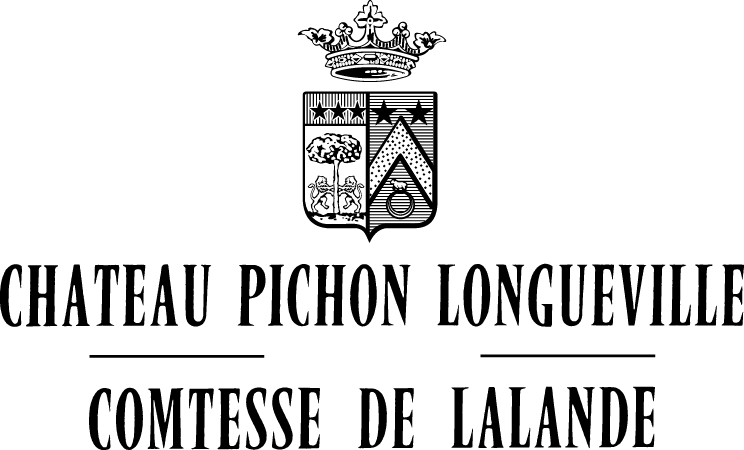Château Pichon Comtesse Réserve de la Comtesse
Pauillac, France
Vintage:2017 (Past)
2015 (Past) | 2016 (Past) | 2018 (Past) | 2019 (Past) | 2020 (Current) | 2021 (Current)
Tech Sheet Download Download PDF with Scores Download PDF without Scores

- V
- WS
Reviews
Wine Spectator 91 Points
“The dark currant and blackberry fruit features a gently mulled edge that mixes with sweet tobacco and warm earth accents through the finish. Shows a sense of richness as the flavors linger. Cabernet Sauvignon, Merlot, Petit Verdot and Cabernet Franc. Best from 2021 through 2030.”
Vinous Media 92 Points
“The 2017 Réserve de la Comtesse came from a barrel that had begun its élevage in a new barrel and then transferred into a used one. It has a well defined bouquet with blackberry, oyster shell and subtle marine scents, a nose that is full of character. The palate is medium-bodied with supple tannin, a fine bead of acidity and impressive density for a Deuxième Vin. A seductive, graphite tinged finish. This is an excellent follow-up to the 2016 and may even surpass it. ”
Overview
The second growth of Château Pichon Longueville Comtesse de Lalande, the Réserve de la Comtesse, was created and sold for the first time in 1973. Second growths represent between 20 percent and 50 percent of the total production of the Château. From the same soil, the second growth benefits from the technology and reputation of the great wine. The archives kept at Château Pichon Longueville Comtesse de Lalande mention the existence of a second wine as early as the 19th century.
The vast majority of the vineyards are Gunzian gravel mounds of the classic Pauillac composition, with the deep bed of gravel placed over a substrata of clay and limestone. The commitment to sustainable farming practices extends throughout the 220 acres of vineyards, with over 27 acres fully converted to organic viticulture, and 37 acres farmed biodynamically.
Tasting Notes
A well-balanced wine: notes of liquorice and fruits (blackcurrant, strawberry, black cherry) on the nose. The same in the mouth, very expressive and full of flavor; blackberry, raspberry, also tobacco and cedar. A full-bodied wine, long, intense and velvety tannins. A desirable pleasure to finish.
Harvest Notes
Another early bud break on the vine began at the end of March. A very dry April with a period of heavy frost managed to spare the early ripening vineyards of Pauillac and St. Estèphe in close proximity to the estuary. An all-round dry and mostly hot spring encouraged an early flowering at the end of May in the healthiest of conditions.Following this, the veraison started at the end of July. Some summer showers prevented water stress and aided the ripening process. The harvest which began on September 7th was halted by a rainy period between the picking of the Merlot and the Cabernet. The weather improvement which followed allowed the Cabernet to ripen fully until the start of October.
Technical Information
Varietals: 60% Cabernet Sauvignon, 36% Merlot, 2% Cabernet Franc, 2% Petit Verdot
Wine Alcohol: 13.4%
pH: 3.75
Soil Composition: Gravel, clay and sand
Average Vine Age: 35 years
New Oak: 40%
Aging: 12 months
